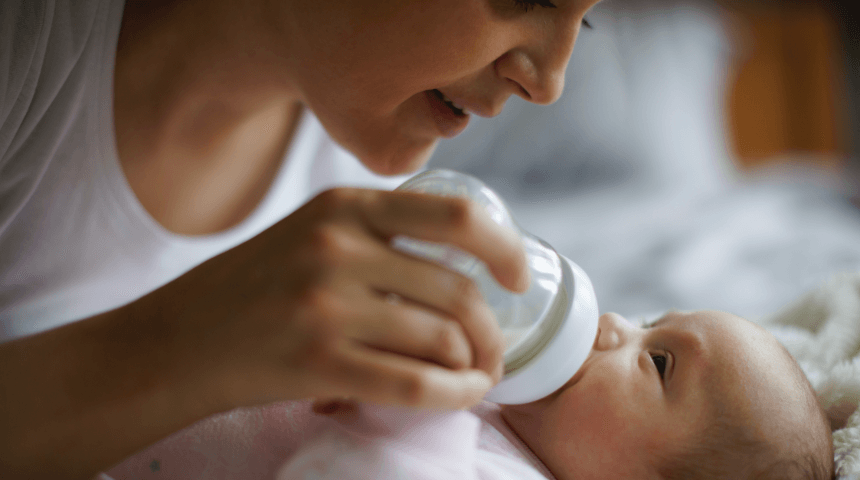A vaginal yeast infection can make you uncomfortable, with burning, itching and unusual discharge. It’s a fungal problem that results from an overgrowth buildup of yeast from the Candida species, and it can happen to women of any age, even teens, if they’ve started their periods. Here’s what you need to know.
Doctors don’t know exactly what causes the buildup of Candida. This yeast is typically present throughout the body and causes no symptoms or problems. However, an overgrowth is problematic and needs to be treated.
Vaginal Yeast Infection Triggers
- An increase in stress.
- A change in your vaginal flora brought on using antibiotics. Antibiotics kill off the good bacteria, such as lactobacilli, in your vagina. This imbalance can allow bad bacteria to flourish.
- Changes in your estrogen levels, caused by pregnancy or a change in birth control. Estrogen is responsible for the lubrication and thickness of vaginal tissue. When it’s off balance, bad bacteria can quickly multiply.
- Diabetes, which often causes a buildup of glucose that leads to excess Candida.
- Tight, synthetic-material clothing that traps moisture and heat, making an environment where yeast can thrive.
- Frequent douching or use of perfumed products or other irritants.
- Poor hygiene and not washing the genital area regularly can create an environment for yeast to thrive.
- Practicing anal sex, which can make you more susceptible unless your partner uses a new condom each time. If anal material is introduced into the vagina, it will likely get inflamed.
- Chemotherapy and other cancer treatments, which can alter the body’s immunity and cause a yeast infection.
What a Yeast Infection Is Not
A yeast infection does not have odor. If you notice an offensive odor coming from your vaginal area, that may be a bacterial infection. You’ll want to schedule an appointment with your OB-GYN to discuss treatments.
A yeast infection also is not an STD, nor is it a sign that you have an STD. It’s possible that a yeast infection can be transmitted through sex, but that’s unlikely.
How Yeast Infections Are Treated
You’ve likely heard of the over-the-counter medications that treat yeast infections. One such treatment comes in kits that require one, three, five or seven days of use. These can be effective; however, for some women, these treatments may potentially make symptoms worse. If you haven’t used one before, you don’t know how your body will respond.
If you're able to schedule an appointment with your OB-GYN, they can perform a visual inspection of the vagina. Yeast adheres to vagina walls, making it easy for your doctor to confirm its presence. They’ll need to use the speculum to complete the exam. However, the upside is that your doctor can prescribe Diflucan, a single-dose oral medication.
This medicine is easy to take, and offers faster relief, and there is no mess because it’s not a cream you have to apply. For women who are frustrated by the infection, the prescribed pill is the better solution. Diflucan also is more effective than drugstore creams.
What Happens if Infection Comes Back?
If you’re having recurrent infections, that’s a sign to seek medical guidance. Recurrent yeast infections can be harder to treat. It’s possible that any previous treatments you’ve used have targeted the wrong organism – something other than Candida. When you see your OB-GYN, they can swab your vagina to obtain a sample of exactly what is causing the problems. You may have a different infection that mimics a yeast infection.
If what you’re experiencing is in fact a recurring yeast infection, it might be time to talk with your doctor about possible causes. They may be able to recognize something in your routine that is causing irritation or inflammation.





